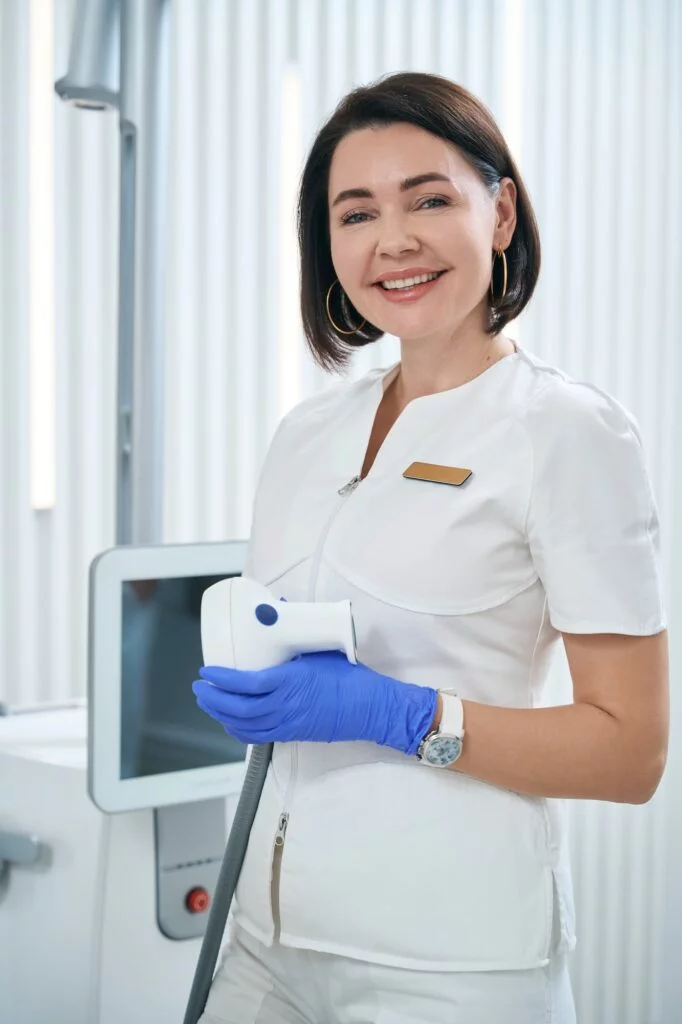The large intestine is an integral part of the digestive system. It absorbs water and vitamins and excretes the waste. If it doesn’t work properly, our health will be jeopardized.
Certain conditions can cause the large intestine to malfunction. One such condition is a toxic colon. While it’s incredibly rare, it’s also severely threatening. It could develop and worsen in just a few days, so prompt action must be taken to nip it in the bud.
Let’s talk about how you can know you have a toxic colon, how a colonoscopy can help, and where you can go in California for toxic colon treatment.
What Is a Toxic Colon?
Toxic megacolon may be rare, but it’s a medical emergency. It occurs due to a complication of severe colon diseases, such as colitis, or inflammation and infection.
When you’re suffering from toxic megacolon, the inflammation penetrates the muscles in your colon, causing them to stop working. Food and gas generate inside your colon, your colon walls widen and stretch, and toxic substances are free to leak into your bloodstream. That’s why toxic megacolon is so deadly — it increases the risk for infection, dehydration, and shock.
Toxic megacolon also puts you at risk for other life-threatening conditions, such as:
- Because chronic inflammation weakens your colon walls, they are more likely to rupture. When that happens, bacteria from your colon can infect your abdominal cavity and bloodstream.
- Severe internal or rectal bleeding and blood loss. A hemorrhage is internal or external blooding due to a damaged blood vessel.
- Septicemia and sepsis. Septicemia or blood poisoning is an infection where germs get into the bloodstream and spread. Sepsis occurs due to widespread inflammation within the body, which could lead to organ failure and even death.
- Abdominal compartment syndrome (ACS). It happens when swelling and pressure in your abdomen become severe. ACS prevents organs and muscles from getting enough blood and oxygen, resulting in organ failure and death.
What Are the Symptoms of Toxic Colon?
The most common symptoms of toxic megacolon include:
- Severe abdominal pain
- Bloated stomach
- Bloody diarrhea
- Mucus or blood in stool
- Loss of appetite
- Weight loss and malnutrition
- Nausea and vomiting
- Rapid heart rate
- Fever
- Fatigue and malaise
- Dehydration
If these symptoms are worsening or debilitating, consult with your doctor immediately. Without prompt diagnosis and treatment, you might suffer from other severe complications.
How Can Colonoscopy Help with Toxic Colon?
Toxic megacolon is diagnosed through different methods — and one of those is colonoscopy. In general, endoscopic tests allow doctors to visualize and examine the inside of your colon using a lighted scope. It helps them diagnose toxic megacolon, check the severity, and observe if the treatment works.
There are three main reasons for using colonoscopy for toxic megacolon:
- Diagnosis. During a colonoscopy, doctors can identify areas of damage and swelling. It also allows them to determine the severity of toxic megacolon.
- Maintenance. Doctors could also use a colonoscopy to monitor the condition and observe how well the treatment works.
- Screening. Patients with toxic megacolon may be at risk for colorectal cancer, so it can also be used to screen patients.
A small instrument called a colonoscope is used to examine inside your colon and rectum. It’s a long, flexible instrument with a tiny camera. Aside from examining the colon, doctors could use a colonoscopy to obtain tissue samples inside your colon.
What Should You Expect During a Colonoscopy?
Getting a colonoscopy can be scary or embarrassing for some people. However, going into it prepared can lessen your fear and hesitance. Here’s what to expect from the preparation and procedure:
- Inform your doctor about the medicines you’re taking.
- Arrange for a family member or friend to drive you home after the exam.
- Follow the dietary instructions. You may be asked to eat a low-fiber diet and avoid certain foods for two days before the colonoscopy.
- Stay properly hydrated.
- Don’t drink or eat anything for at least four hours before the exam.
- During the exam, don’t wear lotion, perfume, deodorant, jewelry, or contact lenses.
- Anesthesia, either conscious or deep sedation, will be administered before the colonoscopy. You may also be given a pain reliever and a sedative.
- Mild cramping might occur during the procedure. Reduce it by taking slow, deep breaths.
The procedure lasts about 30 minutes. After the procedure, you’ll stay in a recovery room until you’re ready to be discharged.
Colonoscopy in California
Many people try hard to avoid colonoscopies. Either they’re embarrassed, or the preparation is a bit unpleasant. However, when you’re suffering from a deadly condition like toxic megacolon, it’s a small price to pay for your health.
If you have alarming symptoms with your colon, our board-certified gastroenterologists at Genensis Healthcare Partners can help with your screening and treatment. Getting a colonoscopy can prevent colon conditions from worsening, including toxic megacolon. Once you have been properly diagnosed, we’ll design a personalized treatment plan that suits your needs and goals.
Genensis Healthcare Partners has many locations throughout California. If you’d like to schedule an appointment, call our nearest GI clinic or use our convenient appointment request form.



